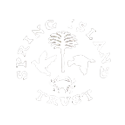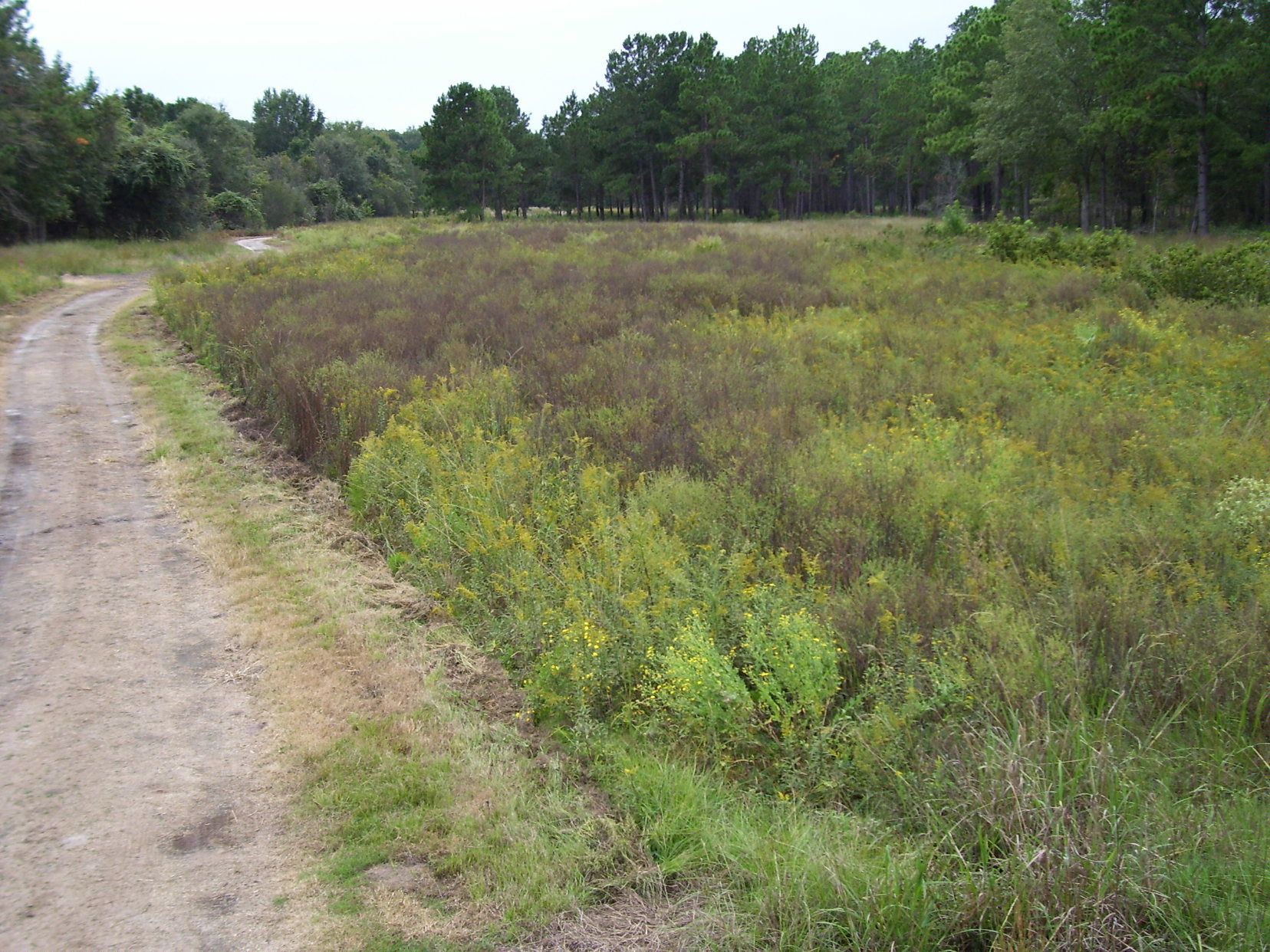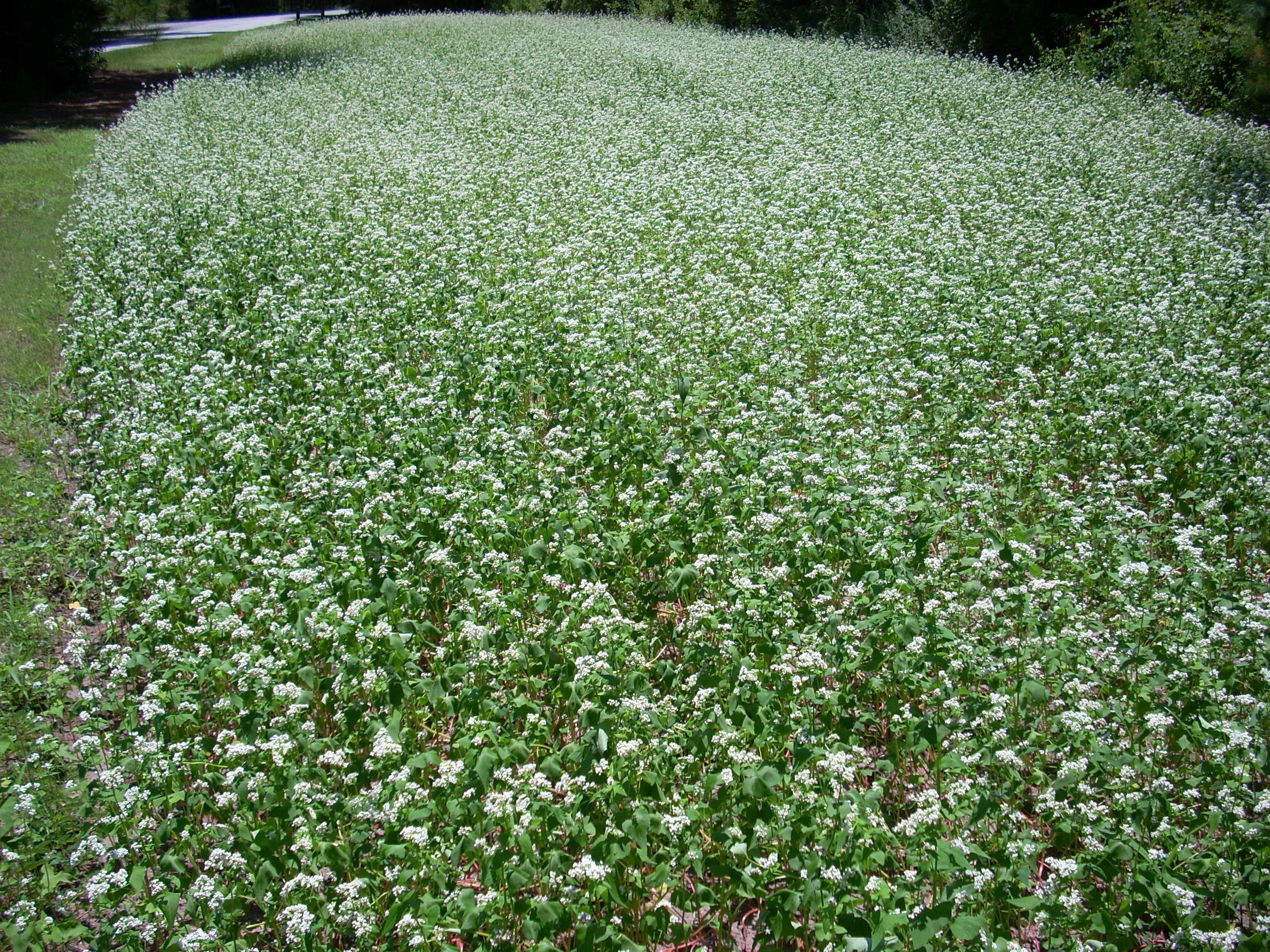Managing Natural Areas
The number of agricultural fields in the Southeast has declined sharply during the last several decades. Several species of birds that were plentiful when agriculture was dominant have declined precipitously as former fields convert to forests or become part of new suburbs. The bobwhite quail, for example, has all but disappeared from its former range.
Learn more about the history of land use and fields on Spring Island.
Disturbance and fallow fields
Native plants can be more beneficial to wildlife than planted crops and are much cheaper to produce. Native plants (“weeds” to the casual observer) attract insects, which provide protein for birds, especially those feeding their young. Often referred to as “bugging fields,” the fallow fields must be disturbed periodically to provide bare soil in which the airborne seeds of these plants can germinate. Burning and disking accomplish this. The weedy species that come in after soil is disturbed depend upon several factors: the time of year disking is done, the number of times the area is disked, the seeds in the soil and the type of vegetation in the surrounding areas. In our region, late fall and winter disking has been shown to be most effective at producing high quality bugging fields.
Rotational disking is used in larger fields, where portions of a field are disked each year. The end result is a mosaic of perennial grasses and annual forbs that provide both bugging areas and cover. Like disking, prescribed fire exposes mineral soil and helps to break down thatch, which can impede the ability of small birds such as ground-feeding songbirds and baby game birds to forage for food.
Agricultural fields as habitat
Fields can be planted to feed wildlife and improve roadside aesthetics. Typical warm season crops include millet, sorghum, Egyptian wheat, corn and soybeans. Cool season crops include naked oats, winter wheat and winter peas. The Trust continues to experiment with new crop species, such as sesame and partridge pea.
After a field is plowed “clean” the weedy borders may be the only cover left. For this reason crop stubble is often left in fields for months. Weedy strips of vegetation are left to provide feeding areas and hiding spots for insects, fox squirrels, birds and deer.
Use of fertilizers
Most soils in the Southeast are sandy and acidic with a pH of less than 7. Lime and fertilizer can be applied to raise the pH, which helps grow healthy crops. Manure that has been properly “seasoned” can also be used to improve the organic content. The Trust periodically takes soil samples from each field and sends them to Clemson University for analysis. A detailed report of soil chemistry recommends the additives that are needed to maximize production.
Use of pesticides in fields
Herbicides are used in fields and field borders where non-native invasive plants have become established. Fields are often the first places in which invasive species become established because they are constantly being disturbed.
The Trust rarely uses insecticides in fields managed for wildlife. Insects are a valuable food source for wildlife and contribute to the overall diversity of the island.
For help selecting a pesticide which will have the least environmental impact for your particular need, try out our Pesticide Decision-Making Tool.
Managing “edges”
Fields and forests meet in a special place called an ecotone. For many animals these ecotones are the ideal habitat. The forest edge provides shady shelter and the adjacent field provides an abundance of insects and seeds at ground level.
The density of the shrub cover is determined by how often an ecotone is burned. In the past, the Trust protected some ecotones from fire so that a wall of dense shrubs bordered the field. When these ecotones were subsequently burned, species like the blue grosbeak and the painted bunting became more common. Observers noted that their preferred nesting locations were isolated shrubs within the forest rather than at the field edge.
Edges creep. With time, fields shrink unless encroaching trees and shrubs are removed. Sometimes this is as simple as mowing down the vegetation with a bush-hog. Areas that have been neglected may require chainsaws or heavy equipment.

Copyright © Spring Island Trust
40 Mobley Oaks Ln. · Okatie, SC 29909 · 843-987-7008
Site by Sans Sheriff Studio


